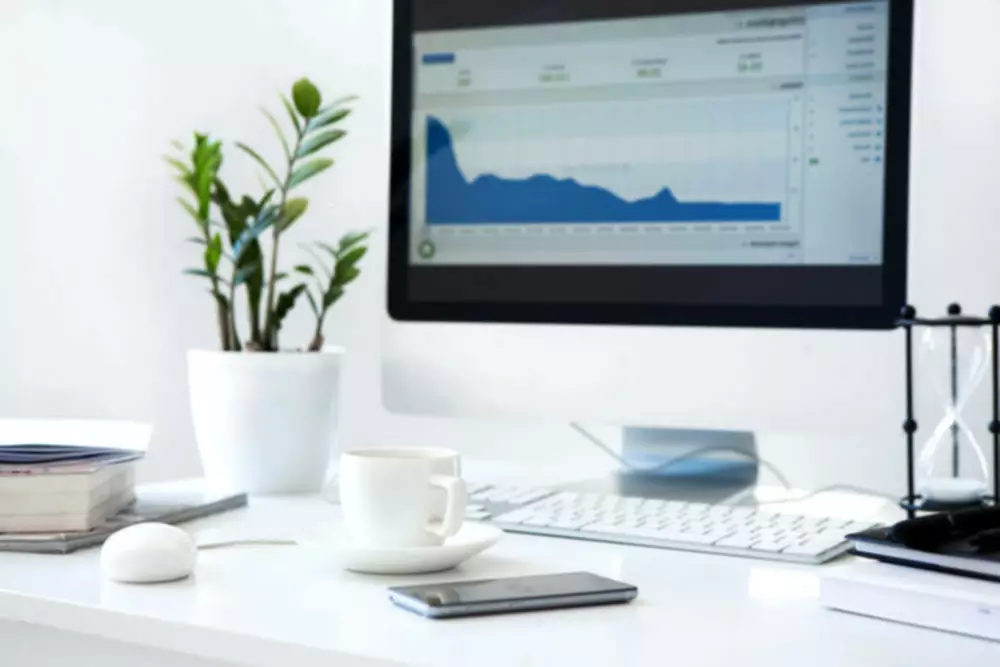Content

You’ll calculate the straight-line depreciation of your asset after you subtract its salvage value. Salvage value is what you expect the asset to be worth after it is no longer useful. We’ve created the following guide explaining how to calculate straight-line depreciation for an asset. The fixed cost of the asset is $500,000 and the estimated residual value is $25,000.
- The straight-line Depreciation method makes it easy for you to calculate the expense of any fixed asset in your business.
- Also known as straight line depreciation, it is the simplest way to work out the loss of value of an asset over time.
- Using the straight-line depreciation method, this method evens out the profits and expenses at an equal rate.
- Bench assumes no liability for actions taken in reliance upon the information contained herein.
- Here are some reasons your small business should use straight line depreciation.
- However, the simplicity of straight line basis is also one of its biggest drawbacks.
The straight line calculation, as the name suggests, is a straight line drop in asset value. Estimated Salvage Value is the scrap or residual proceeds expected from a company asset’s disposal after the end of the asset’s useful life. Note how the book value of the machine at the end of year 5 is the same as the salvage value. Over the useful life of an asset, the value of an asset should depreciate to its salvage value.
Final thoughts on straight line depreciation
It is employed when there is no particular pattern to the manner in which an asset is to be utilized over time. Use of the straight-line method is highly recommended, since it is the easiest depreciation method to calculate, and so results in few calculation errors. Regardless of the depreciation method used, the total depreciation expense (and accumulated depreciation) recognized over the life of any asset will be equal.

In accounting, there are many different conventions that are designed to match sales and expenses to the period in which they are incurred. One convention that companies embrace is referred to as depreciation and amortization. This entry will be the same for five years, and at the end of the fifth-year asset net book value will remain only USD 5,000. This asset will not be depreciated, but the company still uses it as normal or make the disposal. And you don’t need to do it alone – the Bogart Wealth Company team is happy to assist you with your company’s financial activities, whether it’s risk management or investment planning.
Accumulated depreciation
The straight line depreciation formula is a simple way of calculating the cost of an asset over time. It’s calculated by subtracting the salvage value of an asset from its cost. This is then divided by the estimated projected useful lifetime of the asset. While it’s simple to calculate straight line depreciation, there are drawbacks, such as possible inaccuracies with the projected estimated useful lifetime of the asset in question. This method is quite easy and could be applied to most fixed assets and intangible fixed assets.
This method will gradually reduce the value of a fixed or tangible asset over time. A straight-line basis is a method of calculating Depreciation and amortization. This formula for calculating asset value involves dividing the cost of an asset by its useful life, resulting in a constant rate of Depreciation per period.
Straight Line Depreciation Definition
You can’t get a good grasp of the total value of your assets unless you figure out how much they’ve depreciated. This is especially important for businesses that own a lot of expensive, long-term assets that have long useful lives. Check out our guide to Form 4562 for more information on calculating depreciation and amortization for tax purposes. Compared to the other three methods, straight line depreciation is by far the simplest.
What is the straight line method?
Under this method, the same amount of depreciation is deducted from the value of an asset for every year of its useful life. The “straight line” is literal: If you were to graph the value of your asset over time, it would appear as a straight line from the initial cost to the point where it has reached salvage value.
However, estimates are possible as guides as to what values can be expected for various purposes. The depreciation becomes an allowable deduction that reduces the amount of tax payable. Taking a step back, the concept of depreciation in accounting stems from the purchase of PP&E – i.e. capital expenditures (Capex).
AccountingTools
In the straight line method of depreciation, the value of an asset is reduced in equal installments in each period until the end of its useful life. You would also credit a special kind of asset account called an accumulated depreciation account. These accounts have credit balance (when an asset has a credit balance, it’s like it has a ‘negative’ balance) meaning that they decrease the value of your assets as they increase. Whether you’re creating a balance sheet to see how your business stands or an income statement to see whether it’s turning a profit, you need to calculate depreciation.
Business owners use straight line depreciation to write off the expense of a fixed asset. The straight line method of depreciation gradually reduces the value of fixed or tangible assets by a set amount over a specific period of time. Only tangible assets, or assets you can touch, can be depreciated, https://www.bookstime.com/articles/straight-line-depreciation with intangible assets amortized instead. There are a lot of reasons businesses choose to use the straight line depreciation method. From the amortization table above, we will deduct $30,000 from the current net asset value of $65,000 at the end of year 5 resulting in a $35,000 depreciable cost.
Straight-line depreciation expense calculation
The straight-line depreciation method differs from other methods because it assumes an asset will lose the same amount of value each year. This number will show you how much money the asset is ultimately worth while calculating its depreciation. You can calculate the asset’s life span by determining the number of years it will remain useful. It’s possible to find this information on the product’s packaging, website or by speaking to a brand representative. In a nutshell, the depreciation method used depends on the nature of the assets in question, as well as the company’s preference. An asset with an original cost of $3,000 is depreciated yearly over three years beginning January 1, 2006, using the straight line method with no salvage value.
